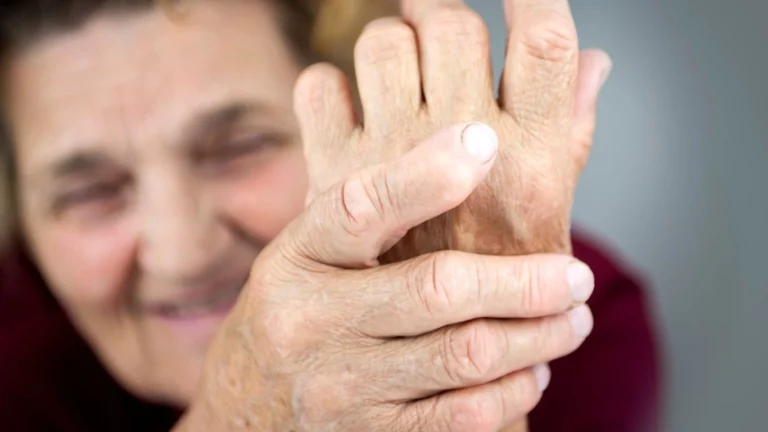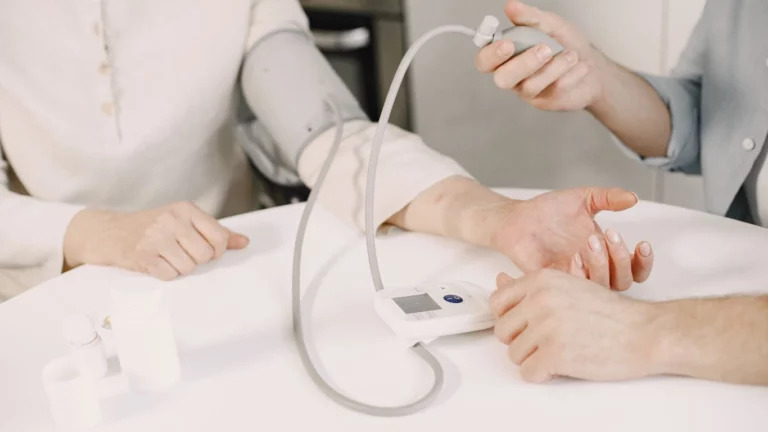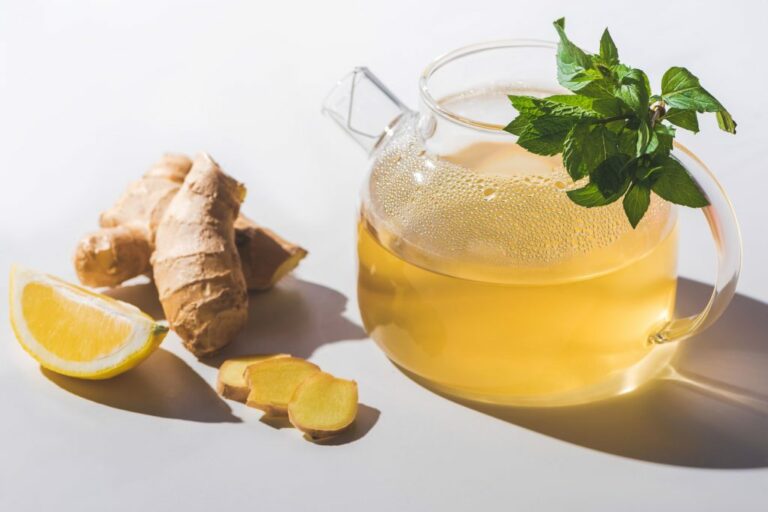Managing High Blood Pressure and Chronic Pain: A Practical Guide
Dealing with high blood pressure and chronic pain together can be overwhelming, but understanding how these two conditions interact and how to manage them is key to improving quality of life. Let’s dive into how you can take control of both your blood pressure and chronic pain with practical tips and expert-backed strategies.
Managing high blood pressure (hypertension) and chronic pain is a challenge that many people face, often without realizing how much the two conditions are intertwined. Both can affect your day-to-day life, causing stress, frustration, and discomfort. But here’s the good news: there are practical approaches you can use to help manage both conditions effectively.

Understanding the Link Between High Blood Pressure and Chronic Pain
High blood pressure and chronic pain often share a complex relationship. Pain—whether from arthritis, back issues, fibromyalgia, or other conditions—can contribute to an increase in stress, which in turn can elevate your blood pressure.
When you’re in pain, your body releases stress hormones like cortisol, which can trigger your heart to pump faster and cause blood vessels to tighten, making your blood pressure rise. On the flip side, high blood pressure can contribute to or worsen conditions that cause chronic pain, like kidney disease or nerve damage.
It’s a bit of a vicious cycle: pain leads to stress, which raises blood pressure, and high blood pressure can make pain worse. So, finding ways to manage both becomes crucial for your overall well-being.
Key Strategies for Managing High Blood Pressure and Chronic Pain
1. Medication Management
Both high blood pressure and chronic pain often require medication to manage symptoms. But when you’re dealing with both, you’ve got to be careful about interactions between medications.
For High Blood Pressure: Doctors often prescribe medications like ACE inhibitors, beta-blockers, or diuretics. These work to lower blood pressure, but they may cause side effects like dizziness, fatigue, or muscle cramps.
For Chronic Pain: Over-the-counter pain relievers like ibuprofen or acetaminophen are common, but for more intense pain, prescriptions like opioids, antidepressants, or nerve pain medications may be used.
Be sure to communicate with your healthcare provider about your medications. They might recommend adjusting dosages or adding therapies to help manage both conditions without worsening side effects.
2. Lifestyle Modifications
Lifestyle changes can have a big impact on both your blood pressure and chronic pain. Here are some simple but effective habits to adopt:
- Exercise: Regular physical activity helps lower blood pressure by improving heart health and circulation. For chronic pain sufferers, low-impact exercises like swimming, walking, or yoga can relieve pain and increase flexibility.
- Diet: Eating a balanced diet rich in fruits, vegetables, whole grains, and lean proteins can support heart health and help manage both pain and blood pressure. Foods high in omega-3 fatty acids, like fish and flaxseed, can reduce inflammation and pain. Also, cutting back on salt can directly help lower blood pressure.
- Weight Management: Maintaining a healthy weight is crucial. Extra weight puts additional strain on your heart and joints, exacerbating both hypertension and chronic pain.
3. Stress Management Techniques
Stress is a major player in both high blood pressure and chronic pain. So, managing stress is essential to keeping both under control. Here are some strategies:
- Mindfulness and Meditation: Taking time to practice deep breathing, mindfulness, or meditation can help reduce stress levels, lower blood pressure, and provide some relief from chronic pain.
- Progressive Muscle Relaxation: This involves tensing and relaxing different muscle groups in your body to reduce tension and manage pain.
- Cognitive Behavioral Therapy (CBT): CBT has been shown to help people cope with both chronic pain and stress. It focuses on changing thought patterns and behaviors that contribute to pain perception and anxiety.
4. Alternative Therapies
If you’re looking for non-medication-based methods to manage both conditions, consider these options:
- Acupuncture: Some people find relief from both chronic pain and high blood pressure through acupuncture. By targeting certain points on the body, acupuncture may help with pain relief and blood pressure regulation.
- Massage Therapy: Regular massages can reduce muscle tension and improve blood circulation, which may lower stress levels and provide relief from pain.
- Biofeedback: This technique involves learning to control physiological functions like heart rate, blood pressure, and muscle tension through relaxation techniques, helping you manage both stress and chronic pain.
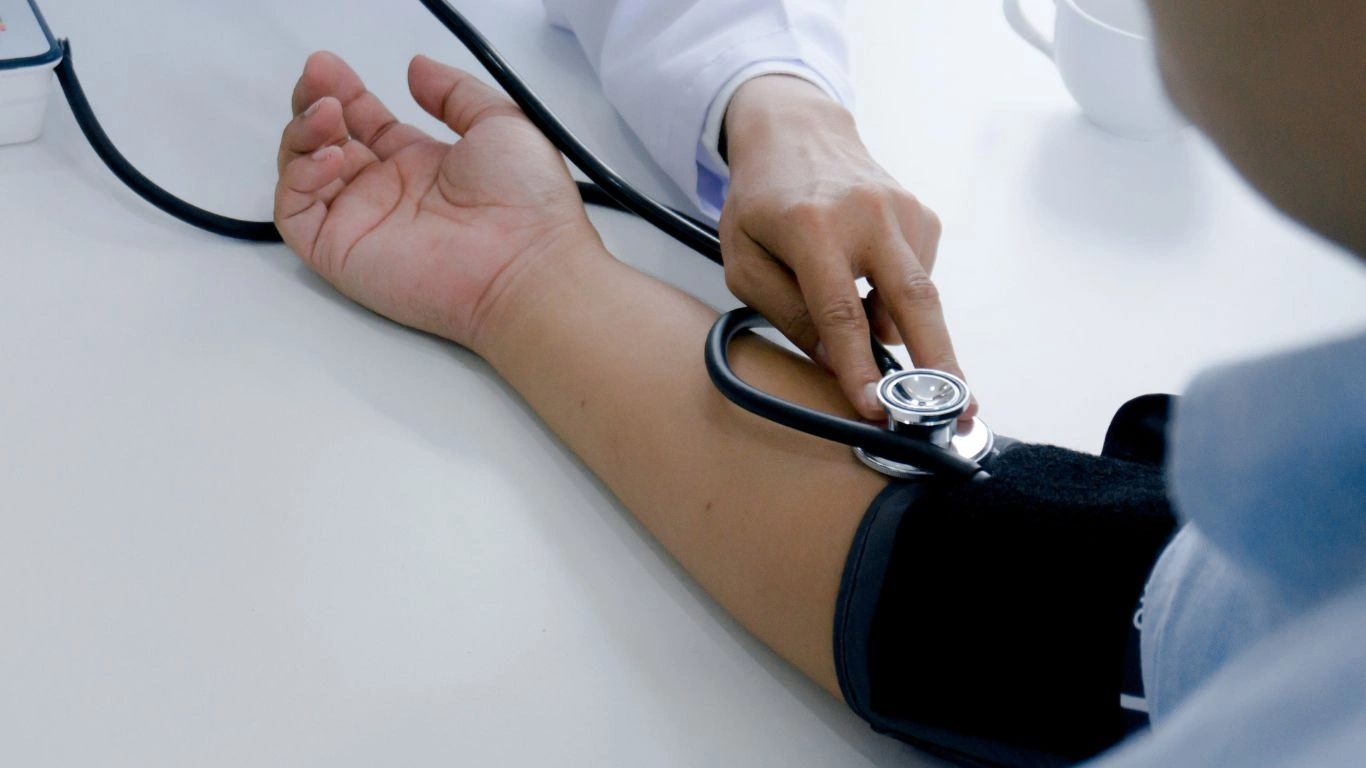
What You Need to Know About Medication Interactions
If you’re managing both chronic pain and high blood pressure, understanding how your medications interact is crucial. Some pain medications—particularly nonsteroidal anti-inflammatory drugs (NSAIDs) like ibuprofen—can raise blood pressure. It’s important to talk to your doctor about which pain relief options are safest for you, especially if you’re already on medication for hypertension.
Your healthcare provider may adjust your medications or recommend alternative treatments to ensure you’re getting the best care possible without putting your heart at risk.
When to See a Doctor
Managing high blood pressure and chronic pain at home with lifestyle changes and over-the-counter medications can work for many people, but it’s essential to consult with a doctor if:
- Your blood pressure remains consistently high despite medication or lifestyle changes.
- The pain becomes more intense or unmanageable.
- You experience side effects from your medications.
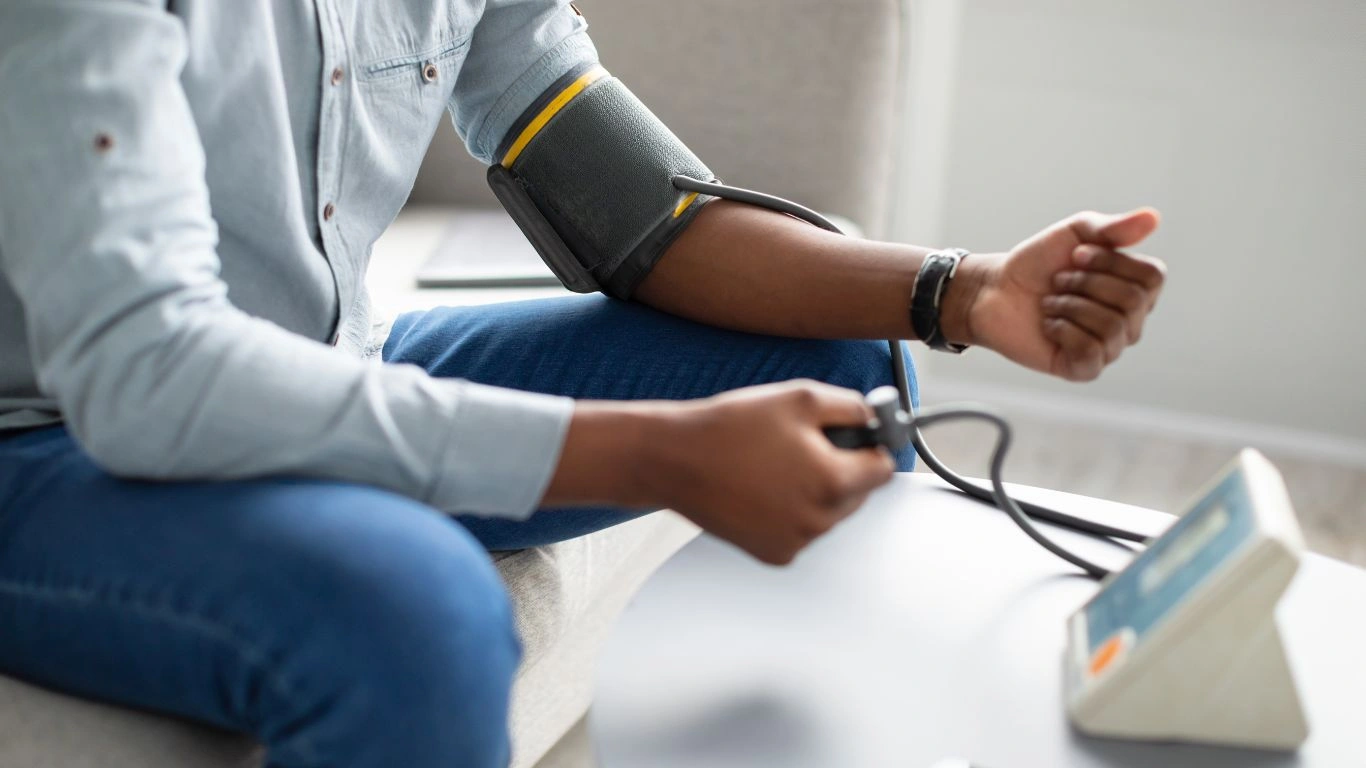
Conclusion
Managing high blood pressure and chronic pain is no small feat, but with the right combination of medication, lifestyle changes, stress management, and possibly alternative therapies, you can significantly improve your quality of life. The key is to take a holistic approach that addresses both conditions and makes you feel better overall.
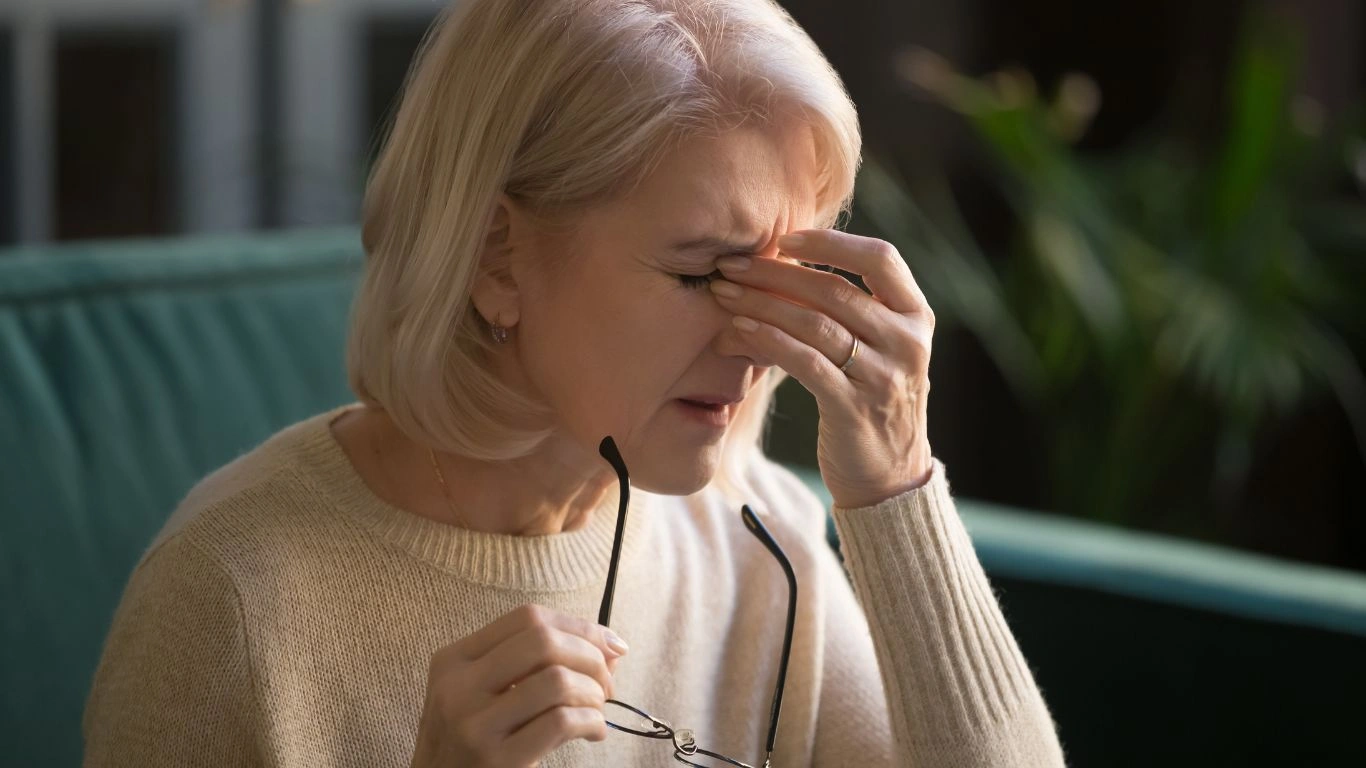
Appendices
Frequently Asked Questions
- Can high blood pressure worsen chronic pain? Yes, high blood pressure can contribute to conditions like kidney disease or nerve damage, which can worsen chronic pain.
- How can I safely manage my pain without affecting my blood pressure? Talk to your doctor about pain relief options that are less likely to raise blood pressure, such as physical therapy or non-NSAID medications.
- Are there any foods I should avoid to help manage both conditions? Reducing salt intake can help lower blood pressure, and avoiding highly processed or sugary foods can also support overall health.
- Can stress management techniques really help with both conditions? Absolutely! Practices like meditation and yoga can reduce stress, lower blood pressure, and provide relief from chronic pain.
- How can I tell if my pain medications are affecting my blood pressure? If you’re experiencing symptoms like dizziness, swelling, or unusual fatigue, talk to your doctor about adjusting your medications.
References
- American Heart Association. (2023). “Managing High Blood Pressure and Pain.” Heart Health Journal.
- Mayo Clinic. (2024). “Chronic Pain and Blood Pressure: What You Need to Know.” Mayo Clinic Health.
- National Institute of Pain Management. (2024). “The Relationship Between Hypertension and Chronic Pain.” Pain Relief Insights.
Disclaimer
This article provides general information and tips on managing high blood pressure and chronic pain. It is not a substitute for professional medical advice. Always consult your healthcare provider for personalized recommendations based on your specific condition and needs.

Dr. Gwenna Aazee is a board-certified Internal Medicine Physician with a special focus on hypertension management, chronic disease prevention, and patient education. With years of experience in both clinical practice and medical writing, she’s passionate about turning evidence-based medicine into accessible, actionable advice. Through her work at Healthusias.com, Dr. Aazee empowers readers to take charge of their health with confidence and clarity. Off the clock, she enjoys deep dives into nutrition research, long walks with her rescue pup, and simplifying medical jargon one article at a time.


